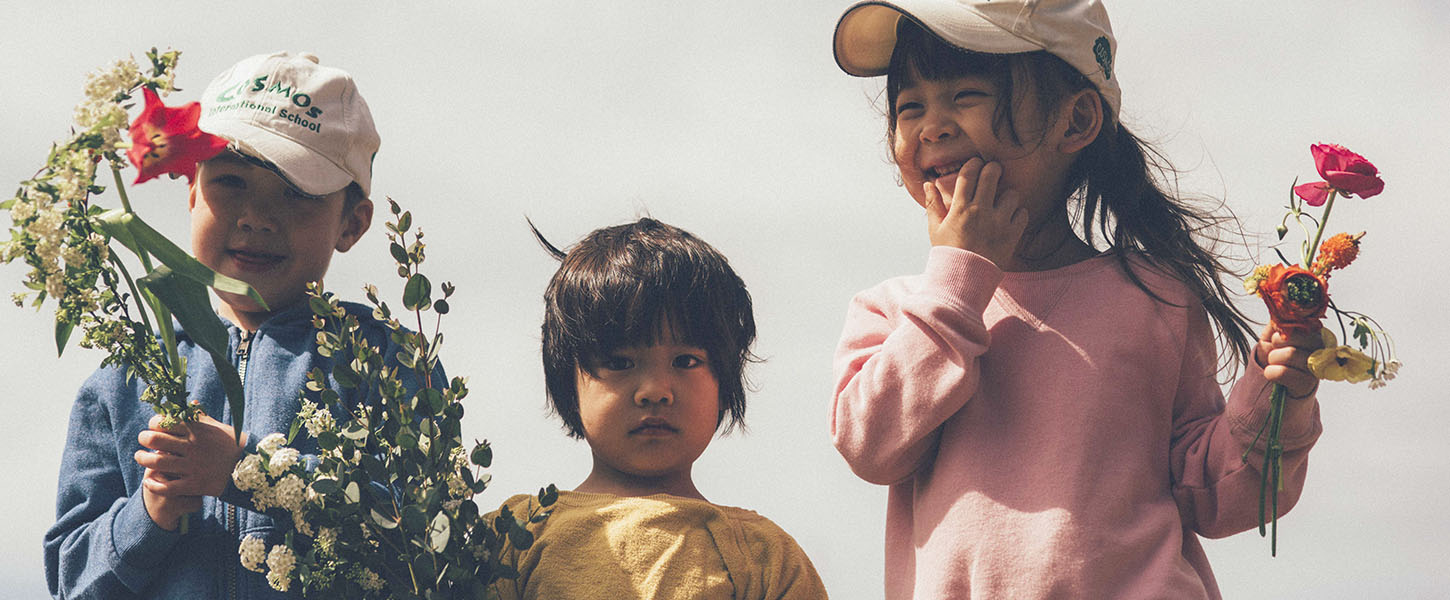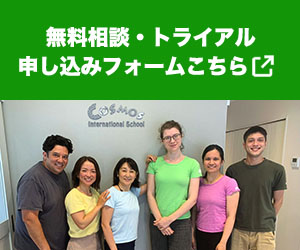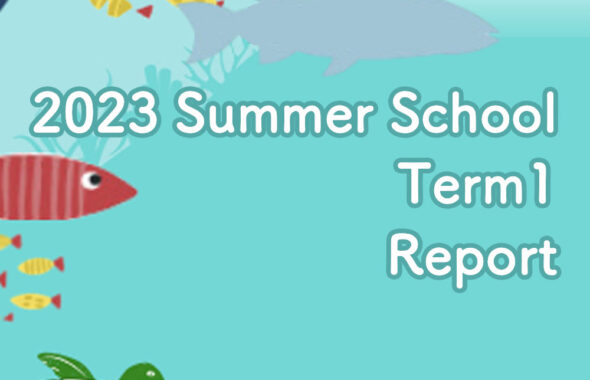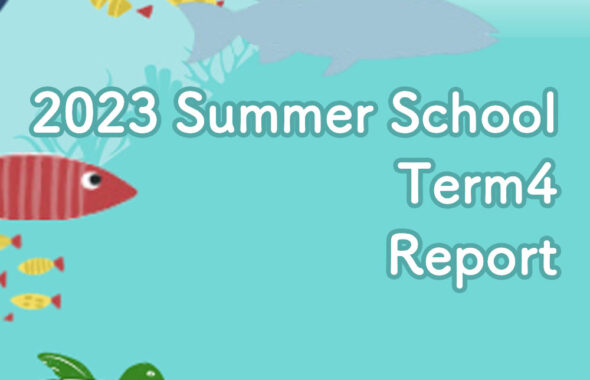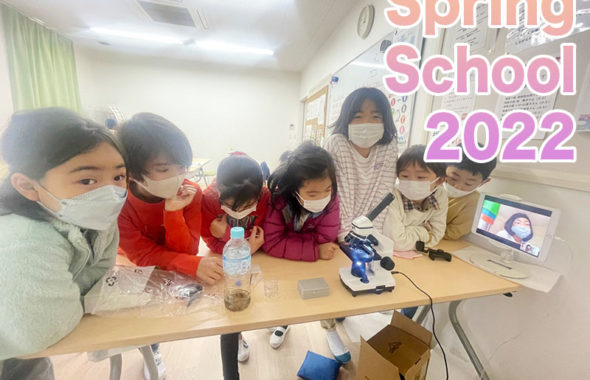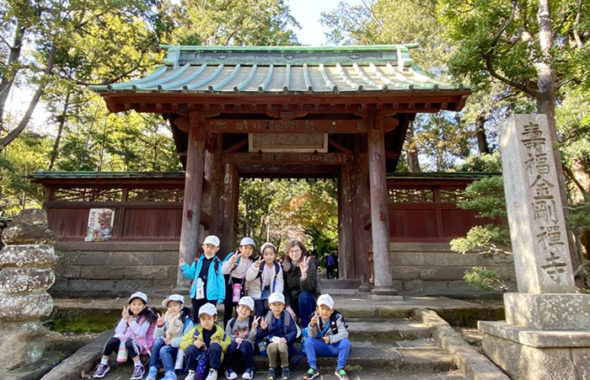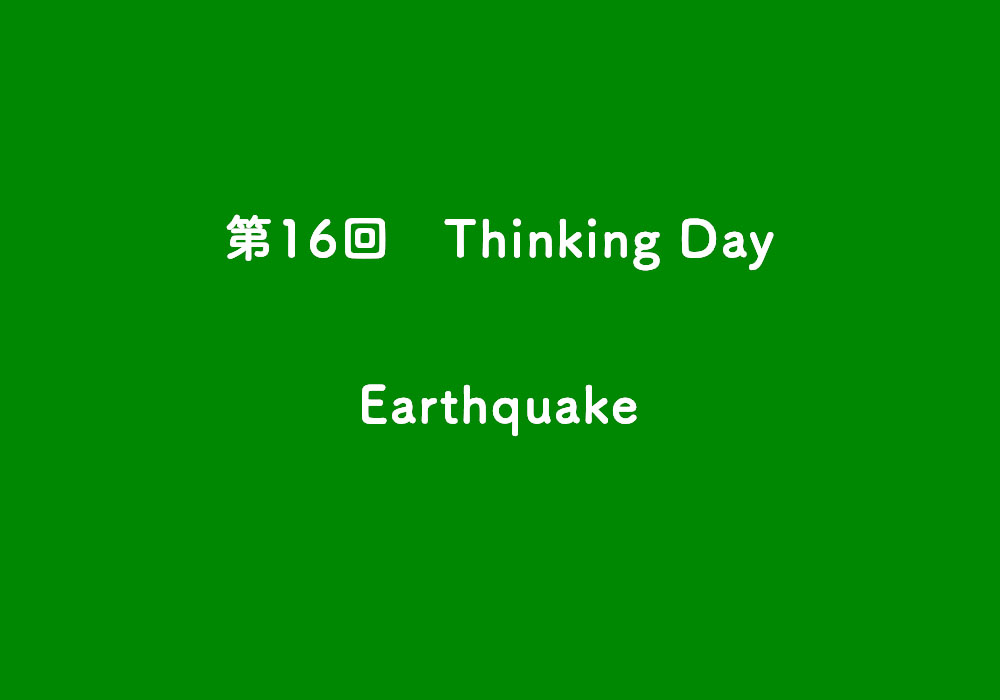
Thinking Day
毎年 1 月 31 日は、コスモスで設定した特別な日「Thinking Day」です。
この日は、自分自身のことだけではなく、自分の周りに改めて目を向けて考えていく日です。
今回のテーマは『Earthquake』でした。
日頃の月一回の訓練とはまた違った角度で、子どもたちが体験を通じて震災に対する理解を深められるよう、様々な Activity を企画しました。
各先生たちからアクティビティの内容や感想を載せますので、ご家庭でも地震についてお話したり、
ご家庭での行動を考えたりするきっかけになれば良いと思います。
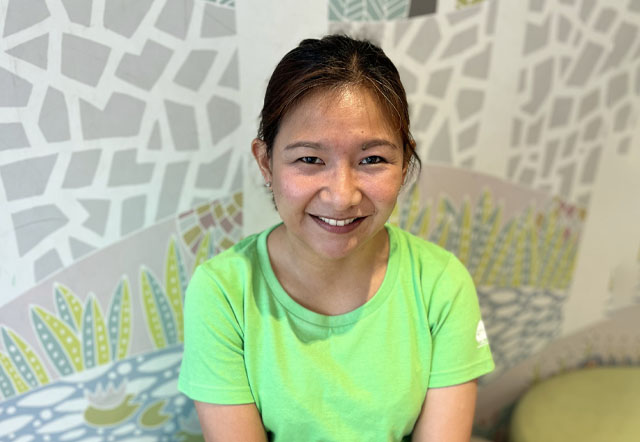
<HS-Star : Ms. Simmy>
Greetings. Last January 31, 2024, we had an event in school where in everybody learned about the Earthquake. We also showed the children some picture sample of the disaster occurred in Ishikawa that was so unfortunate.
During the introduction, we, teachers, involved the children on what to do when an Earthquake occurs; Find a safe place to hide where things are not falling, collapsing, or shifting, and “Rolly Polly Pose” until shaking stops. In line with this, we taught them that perhaps there could also be no electricity or water. After sharing this information, all the teachers pretend to have a pretend earthquake scenario, showing the children on what to do. Then we also showed the kids what are the priorities after such as follows; Toilet, for there will be no running water and so we can’t use the toilet in their own house and possible collapsing of a house which has the main human needs are met.


Second, will be the Kitchen as we can’t cook for there might be no gas supply in the house. Third, the bed, that we showed them what could have been in a real scenario. The children was able to experience themselves what could have been their temporary beds be like. And lastly, warmth, as we showed them what could we use to keep us warm in a cold day.
After all these, the children was able to eat outside like in a real shelter be like. The children enjoyed the food and has learned so much from this event.

<HS-Moon : Mr. Sergio>
This year our thinking day theme was about earthquake preparedness, safety, and evacuation. The children were aware of what an earthquake was. Last Sunday, there was an earthquake that happened and a few children said that they went under the dining table or blanket. They know that they should not panic and listen to an adult.
The children were interested in the space blanket, emergency food and portable toilet. We had a few worksheets and they knew exactly where to hide under if an earthquake occurs.
Considering my classes age they understood the topic.
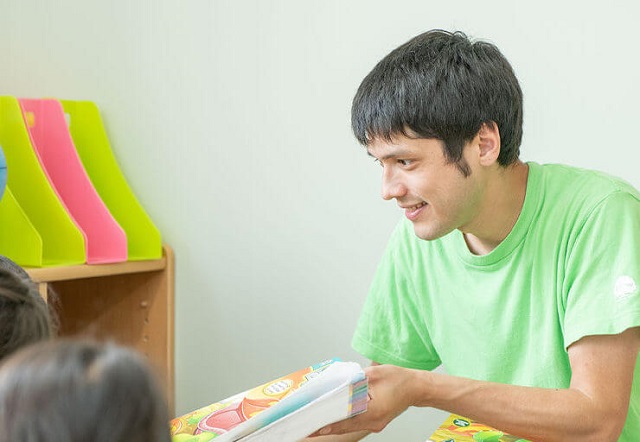
<Pre1 : Mr. Andy>
Cosmos 2024 Thinking day was a great opportunity to learn and focus on one of the most common disasters in Japan, earthquakes. Students this year had to experience a hands-on simulation of what to do if there was an earthquake. We started the day with a slide show and asked the students, “What is an Earthquake?” or “How does an earthquake happen?”. We proceeded to learn wha t causes earthquakes and saw images of the aftermath of this terrible disaster.
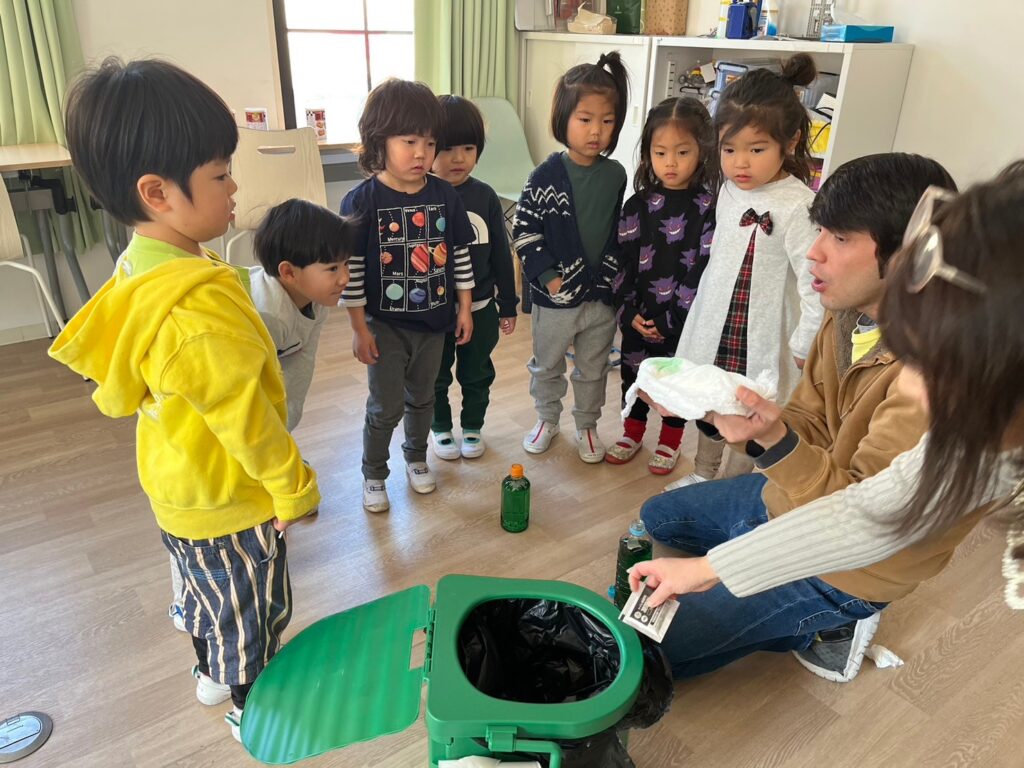
Soon after, the school’s power and water shut down to simulate an emergency situation. Students then had the chance to remember TKBW (-Toilet – Kitchen -Bed -Warmth) by using the school’s emergency items hands-on. For snack time,3 everyone had the chance to eat canned bread, and all the students said it was delicious!
The rest of the morning, we did a worksheet about the “Do’s” and “Don’ts” in case of an earthquake. Lunch time was eaten outside with tonjiru made by Ms. Hayashi and Ms. Kaeko. Overall, it was a great way to have students experience, learn, and understand the serious impact an earthquake can have on our lives.
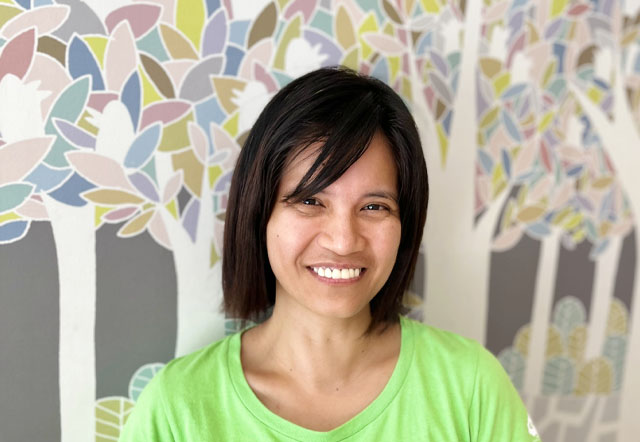
<Pre2 : Ms. Lenny>
This year’s Thinking Day was easy, but it taught us a lot. We talked about being safe and ready for an earthquake and what to do at the evacuation site.
It was a half-day activity. First, all the kids and teachers gathered together in the Pre1 and Pre2 classrooms. We had a discussion and learned what an earthquake is. We understood how to protect ourselves during an earthquake. We practiced the GO in a safe area, like under the table, COVER, and HOLD.
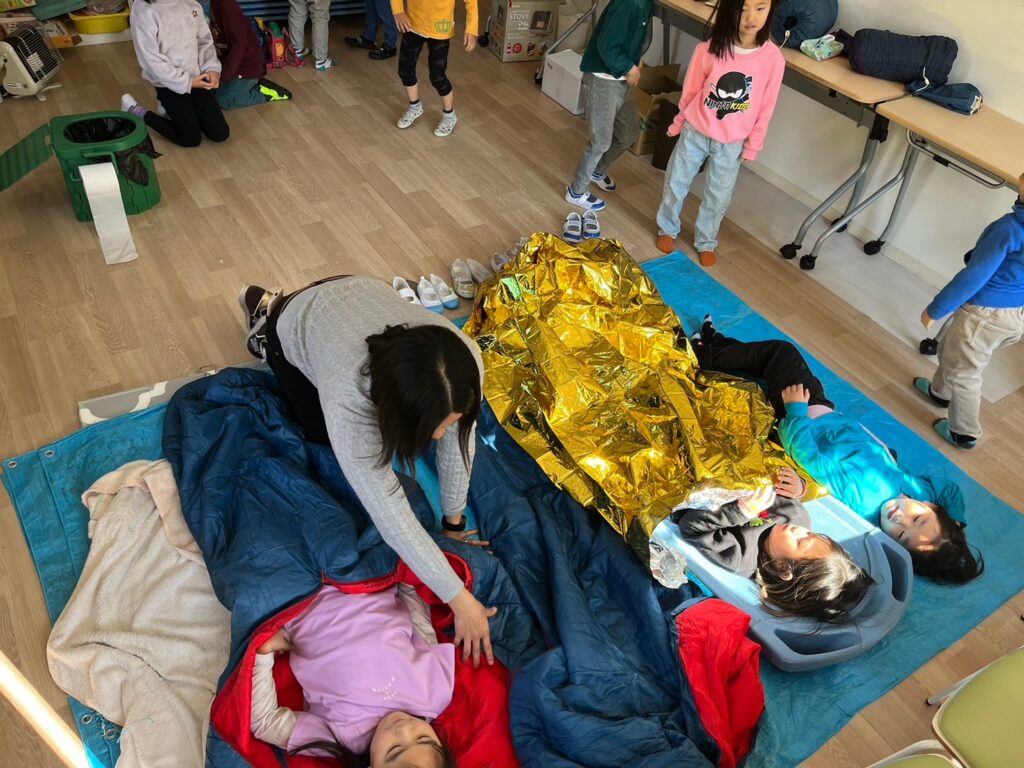
Next, each class went back to their classrooms and continued talking about earthquake safety and preparedness. In Pre2, my class had a good discussion and sharing of ideas on the dos and don’ts during and after an earthquake. I was amazed by everyone’s thoughts. Other classes completed worksheets. Ms. Monica’s class did an interesting demonstration using dominoes on what happens to buildings and houses during an earthquake. Pre1 and Pre2 had a chance to do it as well. Then, we went to the abacus classroom. Ms. Yamamoto showed and explained the TOILET, KITCHEN, BED, and WARM for survival. It was a great time for everybody there.
Finally, we had lunch in the backyard. Miss Hayashi made a tasty soup, and everyone brought rice balls. Pre2 liked the soup so much that some of them asked for three more servings.
It was an amazing event.
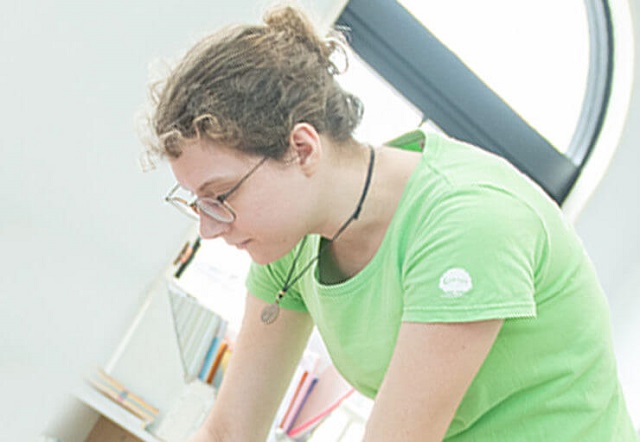
Pre3 : Ms. Monica
We had an interesting and educational Thinking Day this year. Many of us saw the news over the New Year holiday of the earthquake in Ishikawa, so we used our Thinking Day as a chance to learn about what earthquakes are, how we can prepare for them, and to reflect on how those impacted by the Ishikawa quake may be feeling.
In Pre-3, we learned that earthquakes are caused by the shifting of tectonic plates. It was surprising to learn that the hard crust of the earth is not fixed, but is in fact made of plates floating and moving on top of the earth’s mantle. When these plates move, they can create earthquakes.
As young scientists, we were interested to learn that three types of tectonic plate movement can create earthquakes: subduction, lateral sliding, and spreading.
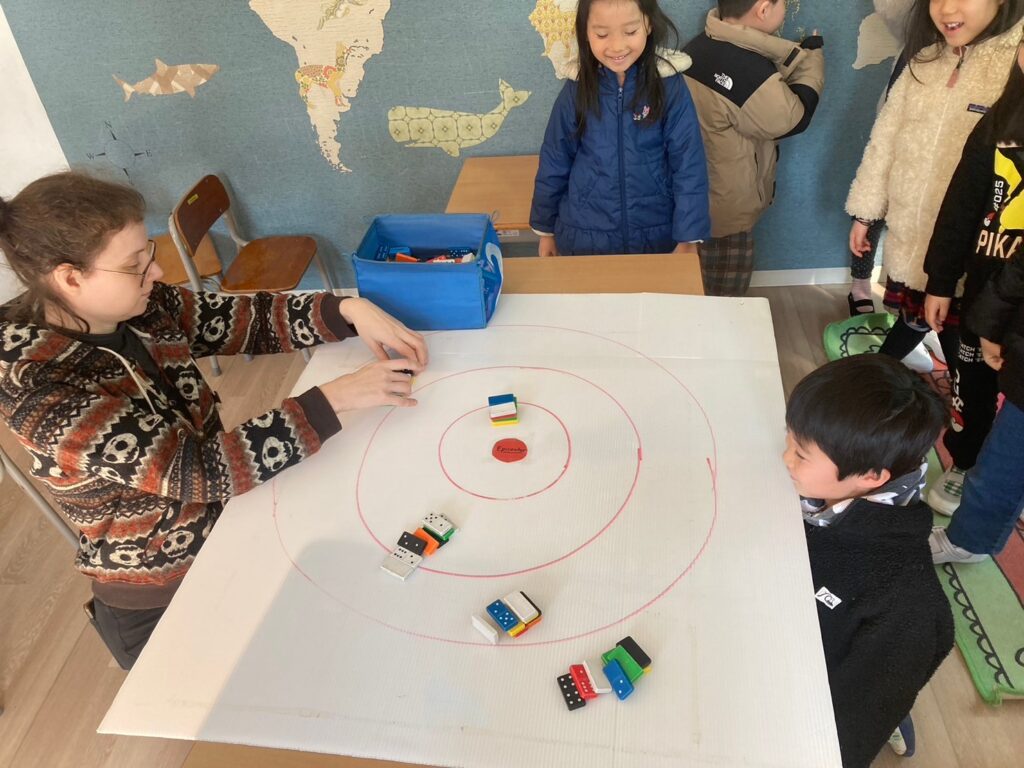
We also discussed features of earthquakes, learning key vocabulary like epicenter and magnitude. We created a model of an earthquake to see how buildings closer and farther from an earthquake’s epicenter fare.
In practical terms, we discussed what we would need to do if a high-magnitude earthquake struck Kanagawa. We reviewed the four priorities: establishing hygienic toilets, creating kitchens, finding safe beds, and staying warm. We saw temporary toilets, sampled emergency rations, and tried a variety of evacuation shelter sleeping arrangements.
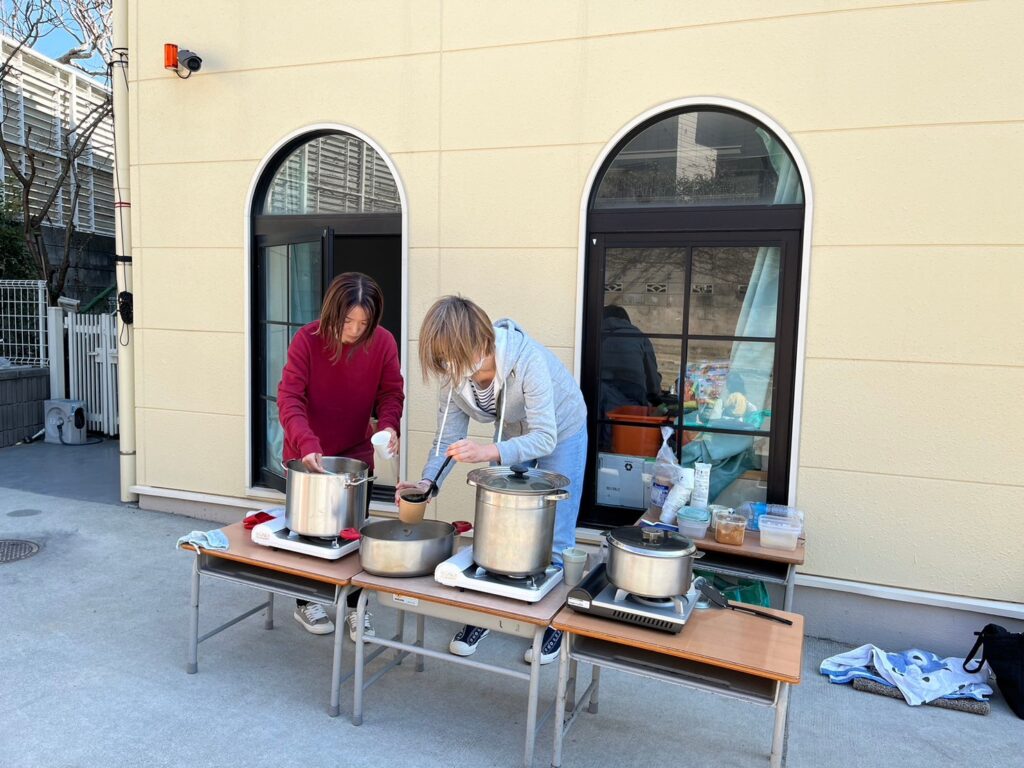
For lunch, we ate rice balls and soup prepared by Ms. Kaeko and Ms. Hayashi. We reflected on how precious and important good food is.
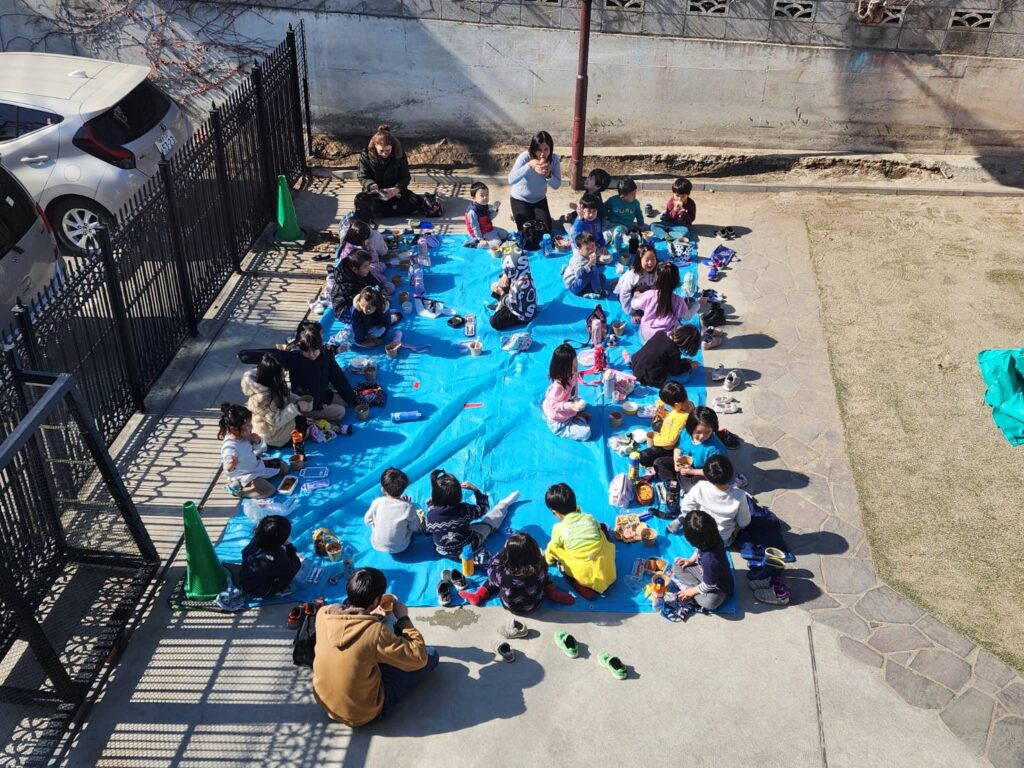
We hope all students learned something interesting and useful in this year’s Thinking Day, and we will continue to consider our own emergency preparedness and understand the conditions of those impacted by real earthquakes around the world.

